Was listening to a YouTube photographer and he said that pictures taken with a DX Camera and DX lens can be cropped easier than FX camera pics. Not sure I am wording this statement correctly. It has something to do with the sensors ability to write information from a long DX lens.
But my question is why. Why is it easier to crop a DX picture over an FX picture.
He also mentioned that National Geographic photographers are using DX cameras with FX lenses.
Thank you,
But my question is why. Why is it easier to crop a DX picture over an FX picture.
He also mentioned that National Geographic photographers are using DX cameras with FX lenses.
Thank you,



![[No title]](/data/xfmg/thumbnail/35/35665-6506470fd930bd101375a007d572615a.jpg?1619737089)

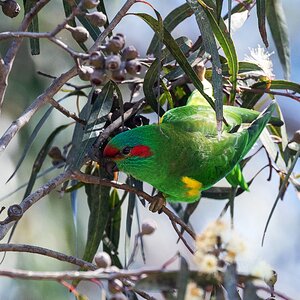
![[No title]](/data/xfmg/thumbnail/32/32930-09414fc020c2a60a456ff59a05c5ef8f.jpg?1619735759)
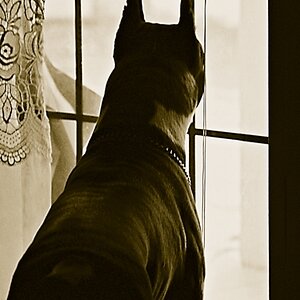
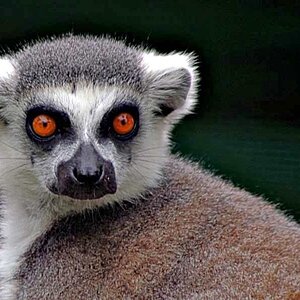
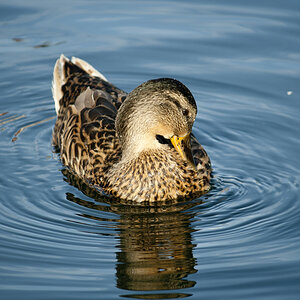
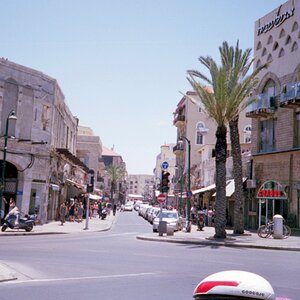
![[No title]](/data/xfmg/thumbnail/32/32981-27e3d29bfa5b1638f18299ec111c7b87.jpg?1619735812)

